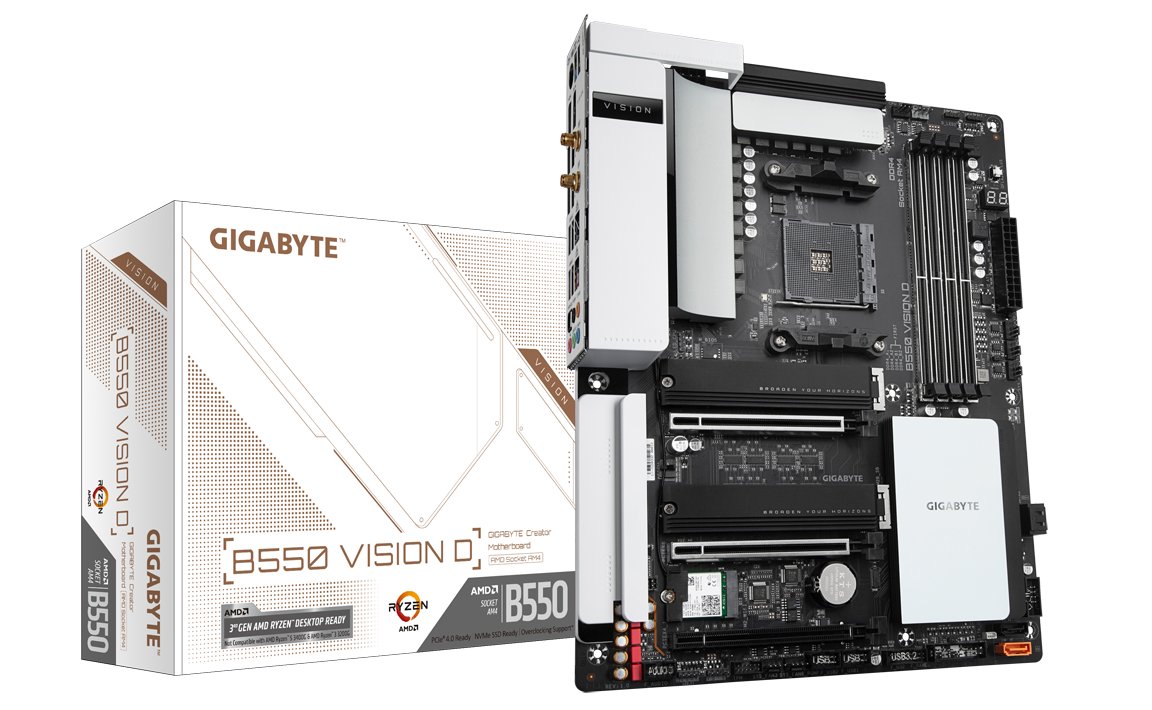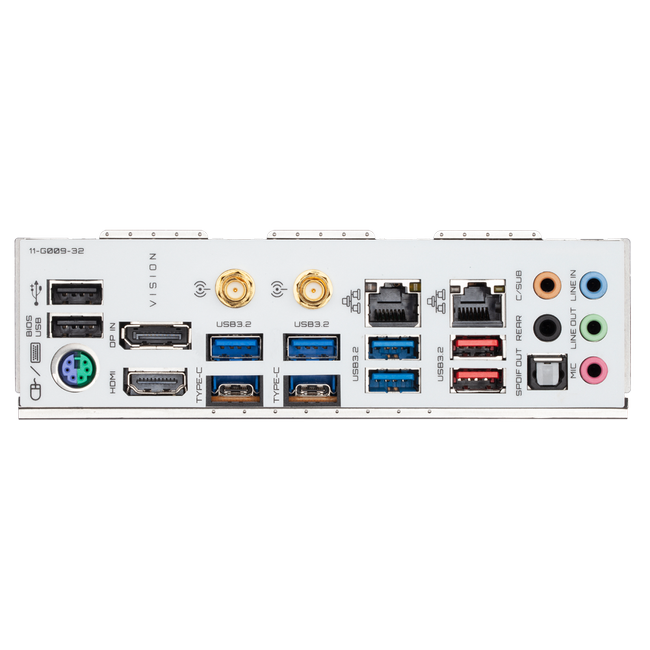- Joined
- Jun 13, 2005
- Messages
- 66,123
- Reaction score
- 37,448
Okay, how about this test from 2016. The latest Wraith coolers weren't out yet, but the E97379-001 was, and it was tested alongside the immediate predecessor to the Wraith Prism & Wraith Max flagships for their respective Ryzen generations, as well as the lesser AMD coolers at the time. It wasn't conducted by Gamers Nexus. Just a lowly Ph.D. in Electronic and Computer Engineering from London who presently works as a high-voltage equipment engineer in Greece:
Battle of The CPU Stock Coolers! 7x Intel vs 5x AMD, plus an EVO 212



 Here is AMD's most common stock cooler from that time, their second-to-worst, that was stomping the Intel in those charts:
Here is AMD's most common stock cooler from that time, their second-to-worst, that was stomping the Intel in those charts:
($17.99) AMD FHSA7015B-1268
The Wraith Stealth is heavier (0.317kg), also carries an aluminum base of roughly equal dimensions, but a much larger fan (100mm, 7-blade):

Don't expect any Intel E9-series stock cooler to compete with the Wraith Stealth. It's puny. It won't matter who conducts the test.
Battle of The CPU Stock Coolers! 7x Intel vs 5x AMD, plus an EVO 212




Like the Intel, you can purchase this at Amazon:Anandtech said:AMD’s FHSA7015B is perhaps the most widely used stock CPU cooler in existence, as the company has been supplying it alongside with tens of CPUs across nine different platforms (FM1, AM3+, AM3, AM2+, AM2, 1207, 940, 939 and 754 sockets). It is a rather simple design entirely made out of aluminum, with a square base and straight fins extending to all four sides of the cooler.
AMD FHSA7015B

($17.99) AMD FHSA7015B-1268
- Dimensions: 2.1" x 2.75" x 3.0" (53mm x 70mm x 76mm)
- Material: Aluminum
- Fan: 70mm (9-blade, ball bearing)
- Weight: 9.6 ounces (0.272kg)
The Wraith Stealth is heavier (0.317kg), also carries an aluminum base of roughly equal dimensions, but a much larger fan (100mm, 7-blade):

Don't expect any Intel E9-series stock cooler to compete with the Wraith Stealth. It's puny. It won't matter who conducts the test.









